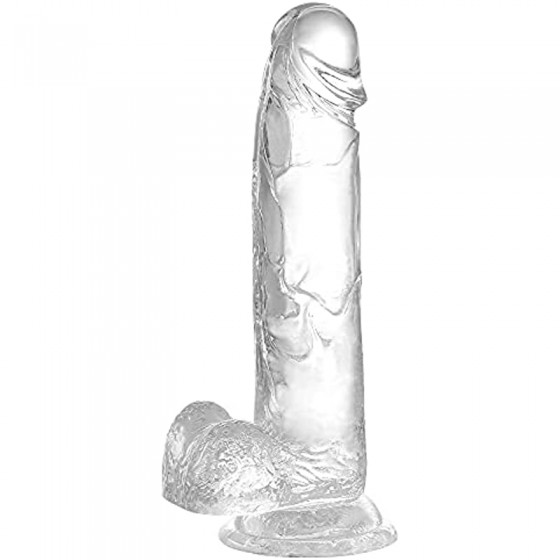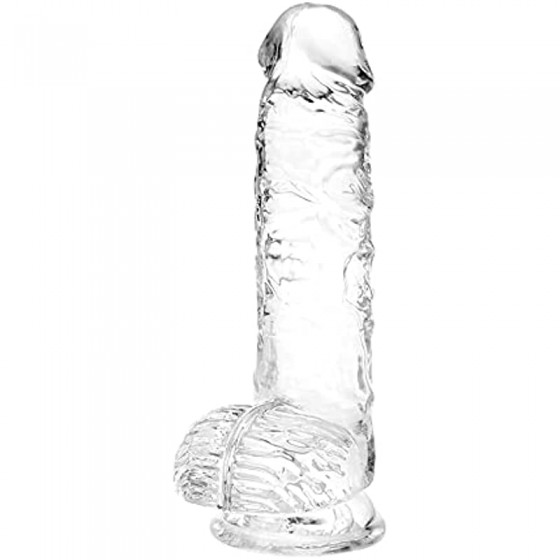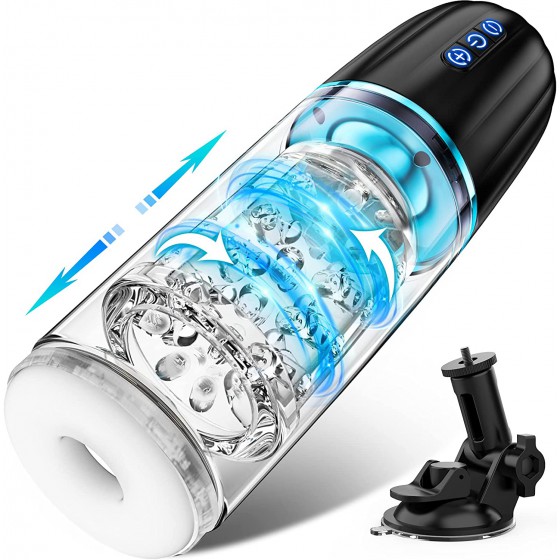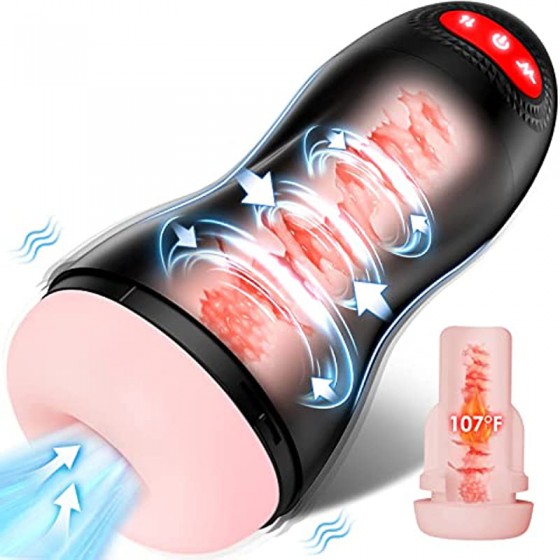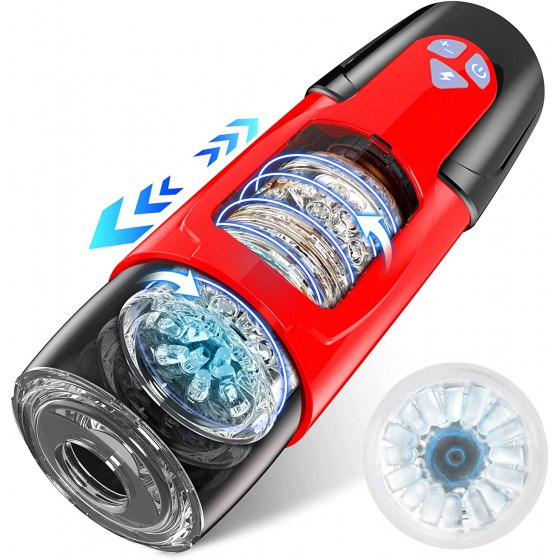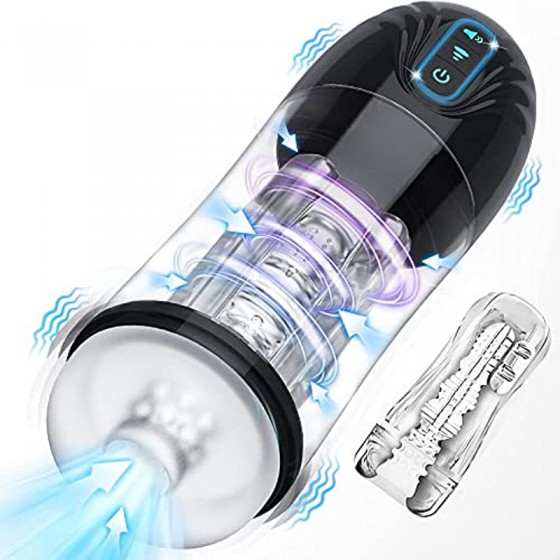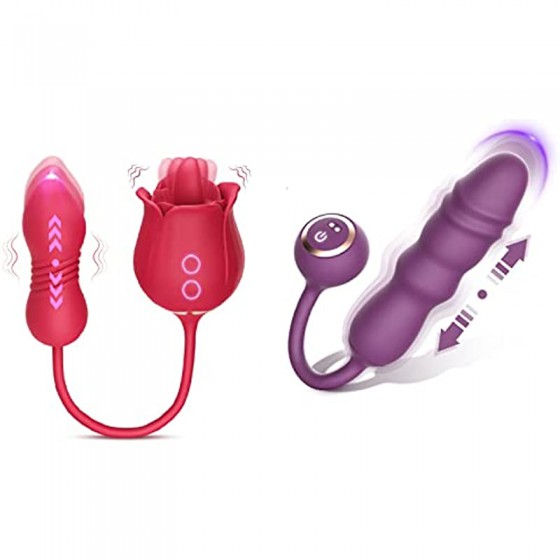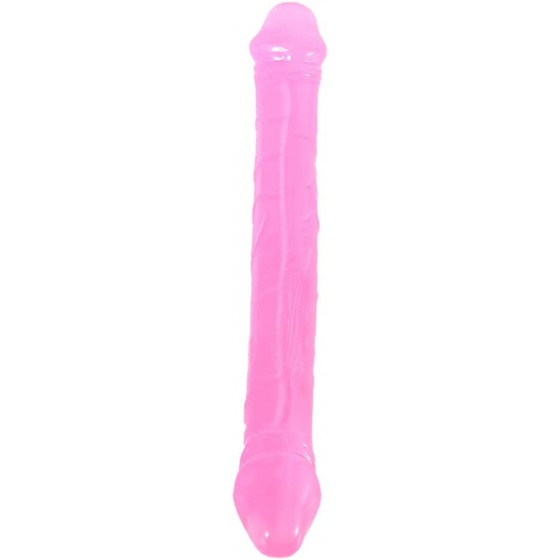5 types of women prone to adnexitis! What are the symptoms of adnexitis?
Adnexitis is a common gynecological disease, generally referring to inflammation of the fallopian tubes and ovaries. If female friends often experience varying degrees of abdominal pain in daily life, they should be highly alert to whether they are suffering from adnexitis.
What are the symptoms of adnexitis
1. Abdominal pain: There are varying degrees of pain, mostly hidden discomfort, soreness, swelling, and sinking sensation in the lower back and sacrum, often aggravated by exertion. Due to pelvic adhesions, there may be pain during filling or emptying of the bladder or rectum, or other symptoms of bladder and rectal irritation, such as frequent urination, urgency and heaviness after urination, etc.
2. Dysmenorrhea: After suffering from adnexitis, pelvic congestion often occurs, which in turn causes blood stasis dysmenorrhea. Most patients will have vague abdominal pain symptoms one week before menstruation, and the closer to menstruation, the more severe the pain. , usually until menstruation begins.
3. Other symptoms: such as increased leucorrhea, painful sexual intercourse, gastrointestinal disorders, fatigue, affected labor or intolerance to work, mental and neurological symptoms and mental depression, etc.
5 types of women are susceptible to adnexitis
1. Women wearing rings
The ring itself will not cause inflammation to women. However, if the operation is not rigorous during the ring, or the body care after the ring is not done properly, personal hygiene is improper, sexual intercourse is too early, etc., it will It is easy to cause adnexitis.
2. Women with improper local hygiene
Usual personal hygiene care is not in place, using a large amount of private parts care solution and not rinsing it in time, or using strong alkaline cleaning products, taking baths during menstruation, allowing dirty water to flow into the vagina, etc., allowing bacteria to enter, Increase the risk of adnexitis.
3. Women who often sit for long periods of time
Sitting still for long periods of time causes poor blood circulation. Due to the special anatomical structure of the pelvic cavity, venous blood return is blocked, affecting the discharge of toxins from the uterine appendage. Toxins slowly accumulate, which can easily lead to adnexitis.
4. Women who like to wear fashionable pants
Thongs, lace underwear, etc., not only have poor air permeability, but also increase local skin friction. Long-term wearing will affect the breathability of the vagina, accumulate vaginal excretion, and increase local temperature and humidity, making it easier for bacteria to breed, increasing the risk of nearby inflammation.
5. Women who have unclean sex
Chaotic private life, promiscuity, or certain sexually transmitted disease infections, etc., can cause bacteria to spread upward along the mucosa, causing adnexitis. In addition, during menstruation, the cervix is in an open state, and the addition of menstrual blood can easily cause bacterial reproduction, which can also cause vaginitis, adnexitis, etc. during menstruation.
Daily management of adnexitis
1. Strengthen physical exercise
Chronic adnexitis using only antibiotics is not effective. It requires long-term supportive therapy, which is to increase nutrition and improve the body's immunity. The most important thing to increase the body's immunity is to exercise. On the one hand, it can improve the body's immunity, and on the other hand, it can also make the body and mind happy. If you are in a bad mood, many diseases will come to you. Chronic adnexitis is also a physical and mental disease to a large extent.
2. Diet conditioning
Dietary adjustment method for adnexitis: Supplementing minerals: calcium, potassium and magnesium minerals can also help relieve menstrual pain caused by adnexitis. Experts have found that women who take calcium have less menstrual cramps than those who don't. Magnesium is also important because it helps the body absorb calcium efficiently. You may wish to increase your calcium and magnesium intake before and during menstruation.
3. Pay attention to personal hygiene
Health care is the focus after treatment of adnexitis. Particular attention should be paid to strengthening personal hygiene after childbirth and abortion, keeping the vulva clean, changing underwear and sanitary napkins frequently, and cleaning supplies for private parts should be separated separately and disinfected. At the same time, pay attention to avoid colds and colds.
4. Avoid unnecessary gynecological examinations
During the treatment of adnexitis, unnecessary nearby examinations should be avoided as much as possible, especially uterine cavity operations, to avoid uterine cavity infection and expansion of inflammation.






